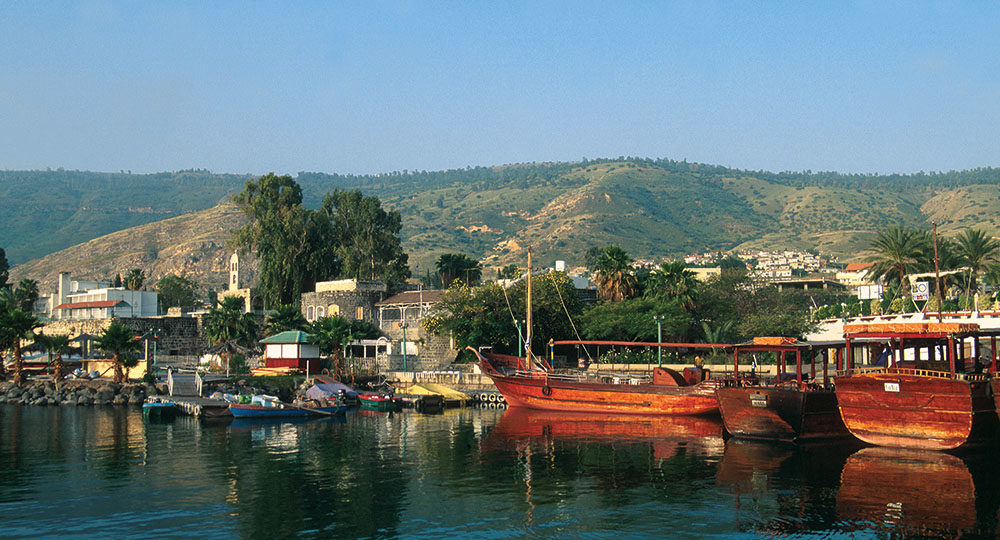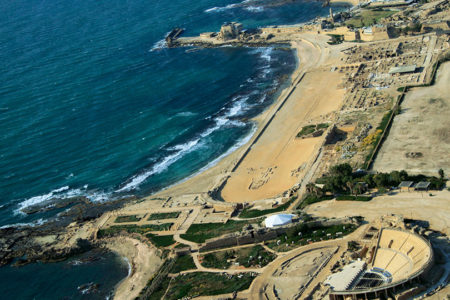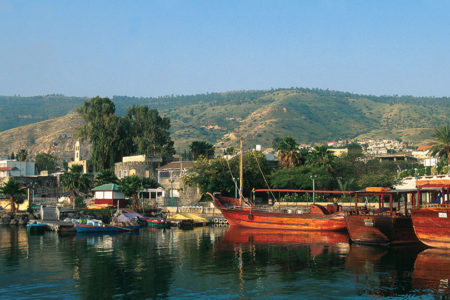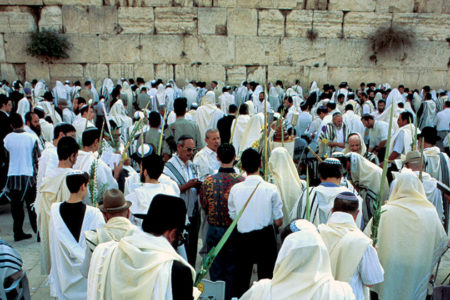The Sea of Galilee Part One
Rabbis have said that Jehovah created seven seas, but the Sea of Galilee is His delight. Josephus, the first-century Jewish historian, called it “the ambition of Nature.”
Visiting the Sea of Galilee is a highlight on any tour of Israel. The lake is known by five names: Chinnereth (or Chinneroth), Hebrew for “harp-shaped” (Num. 34:11; Josh. 12:3); Kinneret, its modern name; Gennesaret (Lk. 5:1); Sea of Tiberias, named for Roman Emperor Tiberius (Jn. 6:1, 23; 21:1); and the Sea of Galilee (Mt. 4:18; Mk. 1:16; Jn. 6:1).
At almost 700 feet below sea level, the Sea of Galilee is the lowest freshwater lake in the world. It is the only natural freshwater lake in Israel, serving as Israel’s largest and most important source of drinking water. It is 13 miles long, 7.5 miles wide, and 33 miles in circumference and has a maximum depth of under 200 feet. Steep hills rise abruptly on the east and west of the lake, some to a height of 2,000 feet above sea level.
The Jordan River begins at Mount Hermon in the north and provides the major water supply for the Kinneret. Cool air blowing down from the north can meet with hot air in the valley below, causing violent storms to erupt over the lake (Mk. 4:35–41). In the Old Testament, the lake is referred to only in relationship to Israel’s borders (Num. 34:11; Josh. 12:3; 13:27).
A few cities surrounding the Sea of Galilee were Magdala (Mt. 15:39), the home of Mary Magdalene; Hippos; Capernaum (4:13); Bethsaida (Mk. 6:45); Chorazin (Mt. 11:21); Tiberias (Jn. 6:23); and Gadara (the Gadarenes, Mk. 5:1). The cities produced an abundance of wheat, barley, figs, grapes, vegetables, and a variety of wild flowers. Today a large fishing industry exists in the area, with more than 22 varieties of fish.
Sitting in a boat in the center of the lake, Bible in hand, contemplating Jesus’ ministry is a meaningful experience on a tour of Israel. Of the 33 miracles Jesus performed around the lake, 10 were healing miracles. He also fed 5,000 men, plus women and children (Mt. 14:13–21), and demonstrated His power over nature by calming the lake’s waves (8:23–27; 14:22–33).
It was on this lake that the disciples Peter, James, and John forsook everything to follow Jesus (Lk. 5:1–11). Jesus borrowed Peter’s boat to stand in while He addressed the multitudes, and then He asked Peter to launch out into the lake and let down his net. Peter did so reluctantly, thinking the effort useless because he had toiled all night without catching anything (v. 5).
When Peter did what he was told, a miracle took place: He caught so many fish the nets broke, and two boats full of fish started to sink. Overcome with guilt because of his unbelief, Peter said to Jesus, “Depart from me, for I am a sinful man, O Lord!” (v. 8).
Jesus responded with mercy because He had a mission for Peter: “Do not be afraid. From now on you will catch men” (v. 10). Upon arriving at the shore, Peter, James, and John forsook all and immediately followed Jesus (v. 11).
We can learn much from this account:
- A servant must allow Jesus into his boat (i.e., his life).
- Jesus is the one who produces fruit in a believer’s life.
- The Lord knows where the fish are when He calls us to go and evangelize our world.
- A servant must respond immediately to Jesus’ call, no matter where it leads, and put his or her future in Jesus’ hands.
- A servant must be willing to forsake all and follow Jesus.
- The secret to serving is yielding to Jesus’ guidance.
Faith does not stay close to the shore when serving. We must willingly follow the Lord to be fishers of men, wherever that may lead.







